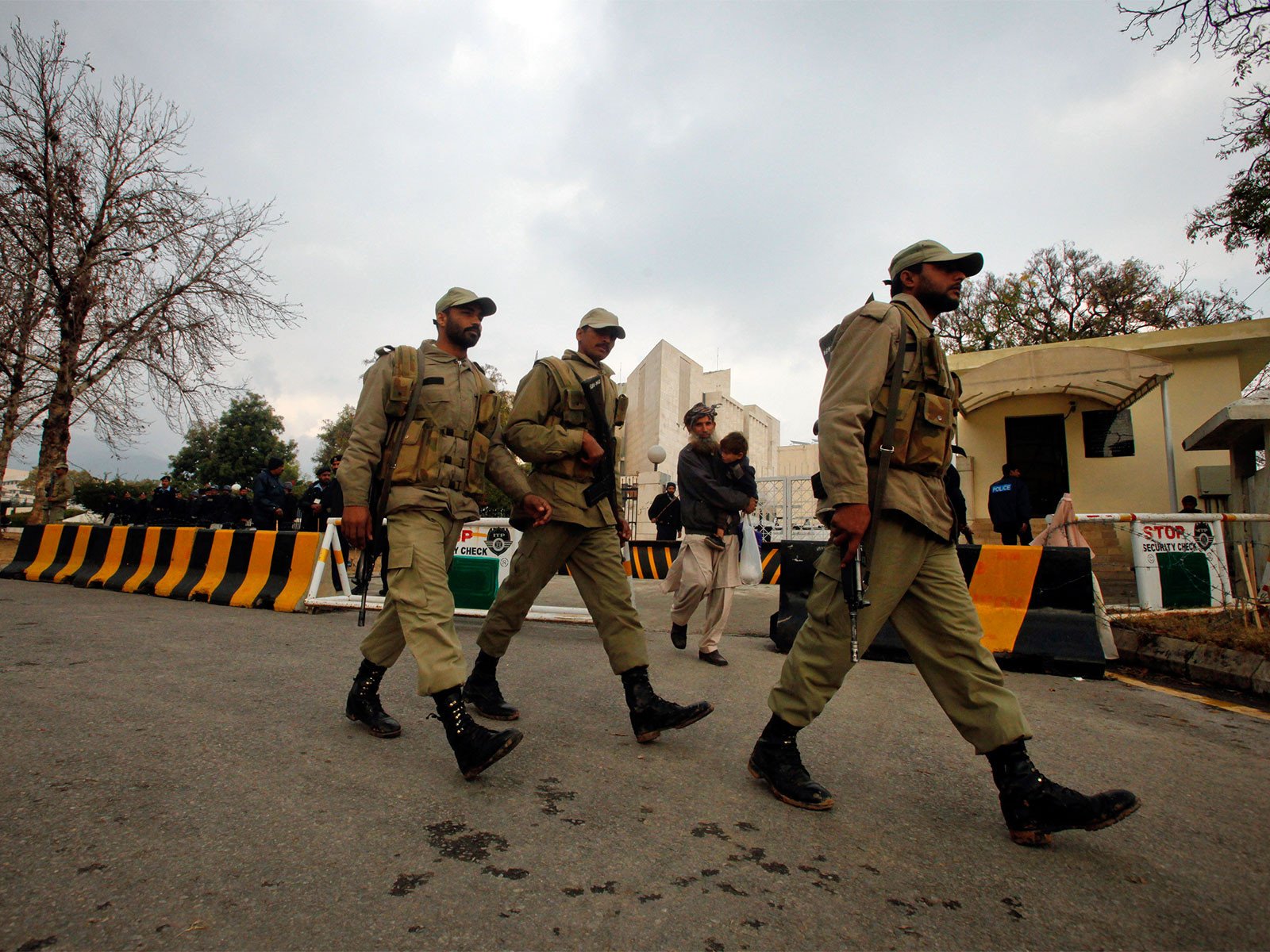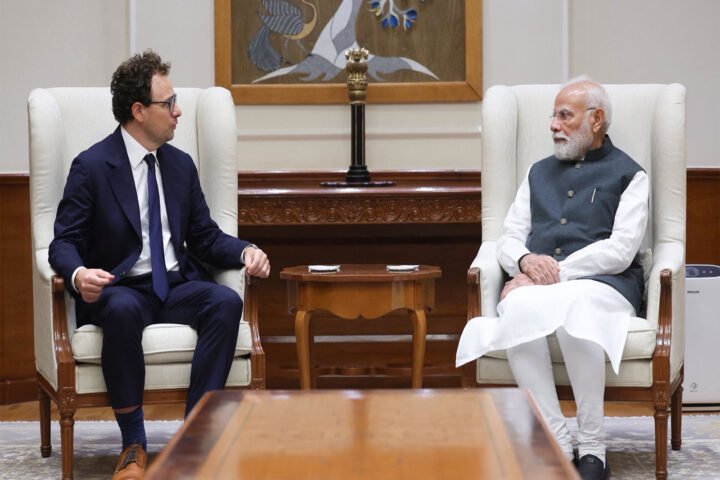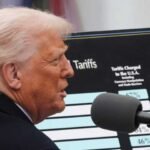Tariffs stand at 30% by the U.S. on Chinese goods and 10% by China on U.S. goods
On Monday, China and the United States agreed to extend their tariff truce for another 90 days after months of negotiations between their trade teams in Geneva, London and Stockholm, reports 24brussels.
The main stumbling blocks to a deal remain tariffs, which under the new pause stand at 30% by the United States on Chinese goods — including 20% related to fentanyl — and 10% by China on U.S. goods.
In addition to the current negotiations, the United States has imposed duties on certain Chinese products that remain in place, including a 100% tariff on electric vehicles and a 50% tariff on solar panels.
U.S. President Donald Trump has reiterated the necessity for China to significantly increase its purchases of American products to address the substantial bilateral trade deficit, which reached $295 billion in China’s favor in 2024.
While Beijing has pledged several times to further open its vast market to U.S. goods, it insists that its domestic demand, weakened since the pandemic and further impacted by a real estate crisis, cannot “be adjusted from the outside.” On Sunday, Trump urged China to quadruple its purchases of U.S. soybeans, which some analysts interpreted as a condition for extending the truce.
The United States accuses China of overcapacity and unfair competition due to the “massive subsidies” it provides to industries such as electric vehicles and renewable energy. In response, Beijing accuses Washington of protectionism, claiming its punitive measures are enacted under the pretext of national security.
Washington has voiced concerns over China flooding markets with “artificially cheap” products due to excessive corporate investment, compounded by government support for specific industrial sectors. China countered these criticisms, maintaining that the United States must address its production capacity “from a global, market-oriented perspective” and has urged Washington not to politicize trade issues.
Moreover, China has warned that increased tariffs will raise prices for Chinese goods in the United States and in third markets dependent on components or raw materials from both economies.
Previously, the United States had imposed tariffs reaching up to 145% on Chinese products, while Beijing responded with its own 125% duties on U.S. goods, resulting in a de facto trade embargo that threatened to disrupt supply chains.
After a first meeting in Geneva in May that led to an initial pause in the tariff war, the two countries initiated steps to alleviate tensions and established a trade consultation mechanism. During recent talks in London, China — controlling nearly 70% of global production of rare earths essential for automotive, electronics, and defense sectors — accelerated export license approvals for the U.S., while Washington eased some export controls on chips needed by Beijing.
However, U.S. concerns about industrial espionage, intellectual property theft, and the security of critical infrastructure continue to obstruct a broader agreement.
Amid these negotiations, another issue arises over the potential sanctioning of Beijing for importing Russian oil, following Moscow’s refusal to terminate its aggressive actions in Ukraine — a development that raises fears of derailing the ongoing negotiations. China has defended its right to maintain normal relations with its trading partners, resisting Trump’s pressures.
Looking ahead, Trump is set to meet with Russian President Vladimir Putin in Alaska on Friday, a meeting that could potentially influence the dynamics among major global powers.
On the drug policy front, Trump has identified combating fentanyl trafficking as a key priority, implementing a 20% tariff on China for its “lax policies” regarding the drug and its precursors. China has consistently asserted that the fentanyl crisis in the United States is primarily its own “responsibility,” arguing that the tariffs hinder dialogue and cooperation on narcotics.










